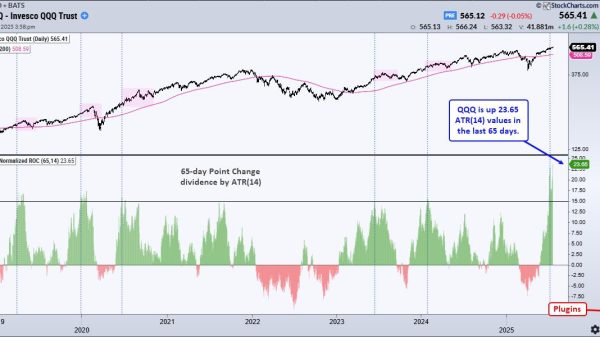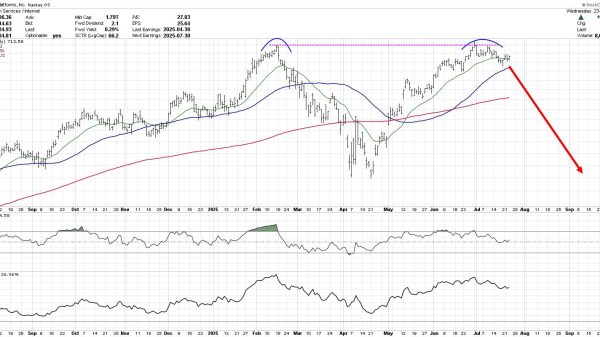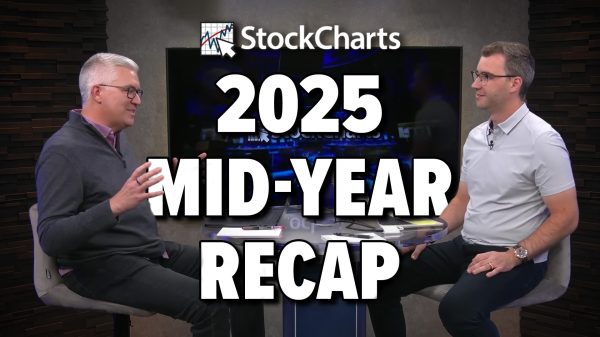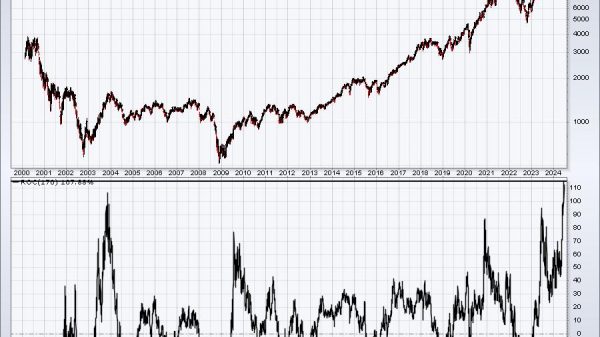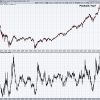High Volatility Options Strategies – Trading Explained
It is important to understand how volatility affects your options.
It is noteworthy that the markets, as well as individual stocks, are always adjusting from periods of low volatility to high volatility. Let’s focus on high volatility options strategies.
But first, let’s learn more about volatility. When we talk about volatility, we are referring to implied volatility. To cut a long story short, implied volatility tells you how traders think the stock will move. We also need to note that it is always expressed as a percentage, non-directional, as well as on an annual basis.
People who aren’t familiar with the topic may ask, “How are we supposed to know that we are in a high volatility or low volatility market?” The S&P 500 implied volatility, also known as the VIX, is at your disposal.
The average price of the S&P 500 implied volatility is 20. Therefore, when the number is higher than 20, we would register it as high. However, when the number is lower than 20, we would register it as low.
When the VIX is higher than 20, we shift our focus to short options, becoming net sellers of options. It is a good idea to use a lot of short straddles and strangles, iron condors, as well as naked calls and put.
High Volatility Options Strategies
Source: ai-cio.comLet’s start our journey with short strangles and straddles. They involve selling a call and a put on the same underlying and expiration.
The good news about the above-mentioned strategies is that short strangles and straddles are delta neutral. Moreover, they are non-directional. Hence, you are banking on the underlying staying within a range.
It is desirable to keep in mind that if you are running a short strangle, you are selling your call and putting on different strikes, both out of the money.
A short strangle has its strong and weak sides. Let’s first focus on the advantages. The strangle gives you a wider range of safety.
Thanks to a wider range of safety, your underlying has the opportunity to move around more while still delivering you the full profit. However, the problem is that your profit will be limited and lower than that of a straddle. Moreover, your risk will be unlimited.
In order to gain a higher profit but a smaller range of safety, it is better to trade a short straddle.
In both of these strategies, there is no need to hold till expiration.
Iron condors and naked puts and calls
Are you familiar with iron condor?
An iron condor is a suitable strategy for people who like a short strangle but aren’t ready happy about the fact that it carries with it unlimited risk.
Let’s discuss naked puts and calls.
Without exaggeration, it is the easiest strategy to implement; however, the losses will be unlimited if you are wrong.
So, this strategy is more suitable for more experienced traders.
If you ask us, our favorite strategy is the iron condor. However, short strangles and straddles are also quite good.
The Importance of the S&P 500 Index
Let’s switch from high-volatility options strategies to the S&P 500 Index.
As a reminder, it is a market-capitalization-weighted index of the 500 leading publicly traded companies that are based in the U.S.
You need to remember that the S&P 500 Index isn’t an exact list of the top 500 U.S. companies by market cap. Nevertheless, it is regarded as one of the best gauges of prominent American equities’ performance.
Do you know why it is called Standard and Poor’s?
The history of the S&P Index goes back to the 1920s. It was launched in 1923. The Standard Statistical Bureau and Poor’s Publishing worked together on the index.
Interestingly, the original index didn’t cover 500 companies. It covered 233 companies from 26 different industries. The Standard Statistical Bureau and Poor’s Publishing merged in 1941 in order to become Standard and Poor’s.
The S&P 500 isn’t the only common U.S. stock market benchmark. Another one is the Dow Jones Industrial Average.
The S&P 500 is more popular among institutional investors. The Dow Jones Industrial Average
has historically been associated with significant equities from the retail investor’s perspective.
Major stock exchanges
Now, let’s discuss top stock exchanges.
There are many stock exchanges in the world. However, let’s focus on top stock exchanges.
The New York Stock Exchange (NYSE) is the largest stock exchange in the world. We can say that it is the most well-known stock exchange.
Importantly, some of the largest companies trade on the New York Stock Exchange. The list of companies is really impressive. For example, Apple and Amazon.
We also need to note that the above-mentioned stock exchange is an auction-based market. Interestingly, the New York Stock Exchange still maintains a physical trading floor. However, the majority of trading is conducted electronically.
Let’s not forget about Nasdaq. It is also a major stock exchange. As stated earlier, the New York Stock Exchange is the largest stock exchange. There are other top stock exchanges in the world. However, the New York Stock Exchange and the Nasdaq are the largest stock exchanges.
The post High volatility options strategies – trading explained appeared first on FinanceBrokerage.






